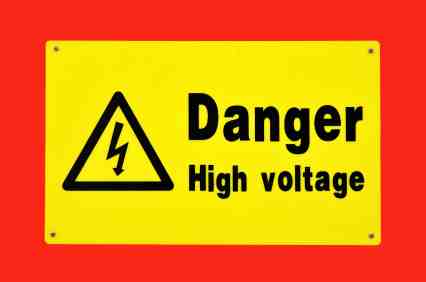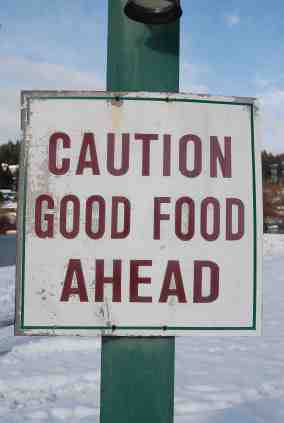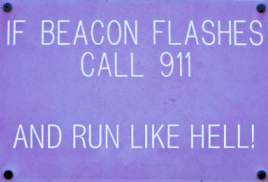You may also like some of these popular pages: funny safety slogans, hand safety slogans, road safety slogans, food safety slogans, ATV safety slogans, bicycle safety slogans, car safety slogans, catchy safety slogans, electrical safety slogans, fireworks safety slogans, free safety slogans, internet safety slogans, MSDS safety, safety fence rentals, safety signs, sun safety slogans, water safety slogans.


- Funny
- Accounting
- Accounts Payable
- Actuary
- Airport
- American Idol
- Anesthesiologist
- Animator
- Annuity Insurance Sales
- Appliance Repairman
- Architect
- Asbestosis
- Attorney
- ATV
- Baseball
- Bakery
- Bartender
- Bathroom
- Big Bird
- Bicycle
- Birth
- Boating
- Brakes
- Brain Surgery
- Camping
- Car
- Car Sales
- Car Insurance Sales
- Carpenter
- Cashiers
- Cat's Meow
- Chef
- Child
- Choices
- Church
- Civil Engineer
- College
- Comedian
- Computer Programmer
- Credit Repair
- DVD Videos
- Day Care
- Data Miner
- Debt Collector
- Digging
- Diving
- D-Jay
- Dog's Bark
- Drinking Alcohol
- Drug Dealer
- Economist
- Electrical Contractor
- Entomologist
- Executive
- Explosions and Bombs
- Fall
- Farmer
- Fast Food
- Fireman
- Fireworks
- Fisherman
- Fitness Trainer
- FLU
- Food
- Food Science
- Food Tasters
- Fortune Cookie Writer
- Free
- Freedom
- Funeral Director
- Funny
- Handyman
- Harry Potter
- Hiking
- Hunting
- Human Resources
- Indoor Soccer
- Internet
- Intrinisic
- Invisible Factors
- Ipod
- Justin Bieber
- Janitorial
- Lab
- Landscaping
- Logs
- Lube Tech
- Mailman
- Math Teacher
- Mesothelioma
- Michael Jordan
- Middle Management
- Miley Cyrus
- Minecraft
- Mnemonic
- Mortgage Loan Officer
- MSDS
- Multi Level Brokerage
- Navy
- Network Marketing
- Nursery Rhyme
- Nursing
- No Soliciting
- Office
- Pet Store
- Petroleum Engineer
- Pogues
- Popcorn Muppets
- Pharmaceutical Sales
- Pharmacy
- Policeman
- Presidential Race
- Priest
- Proctologist
- Procurement
- Professor
- Road
- Recreation Management
- Rock Concert
- Safety Fence Rentals
- Safety Groups
- Safety Meetings Slogans
- Safety Plans
- Safety Signs
- Safety Whip
- SEO
- Sewer Inspector
- Ski
- Small Claims Court
- Social Media
- Soda Addiction
- Stay at Home Dad
- Stay at Home Mom
- Steel Mill
- Stinky Breath
- Stripper
- Sun
- Surgical Technologist
- Texting
- Traffic Judge
- Urban Planner
- Video Training
- Water
- Web Developer
- Wife
- Veterinarian
- Faqs
- Government Safety
- Safety Video Training
- Sitemap



